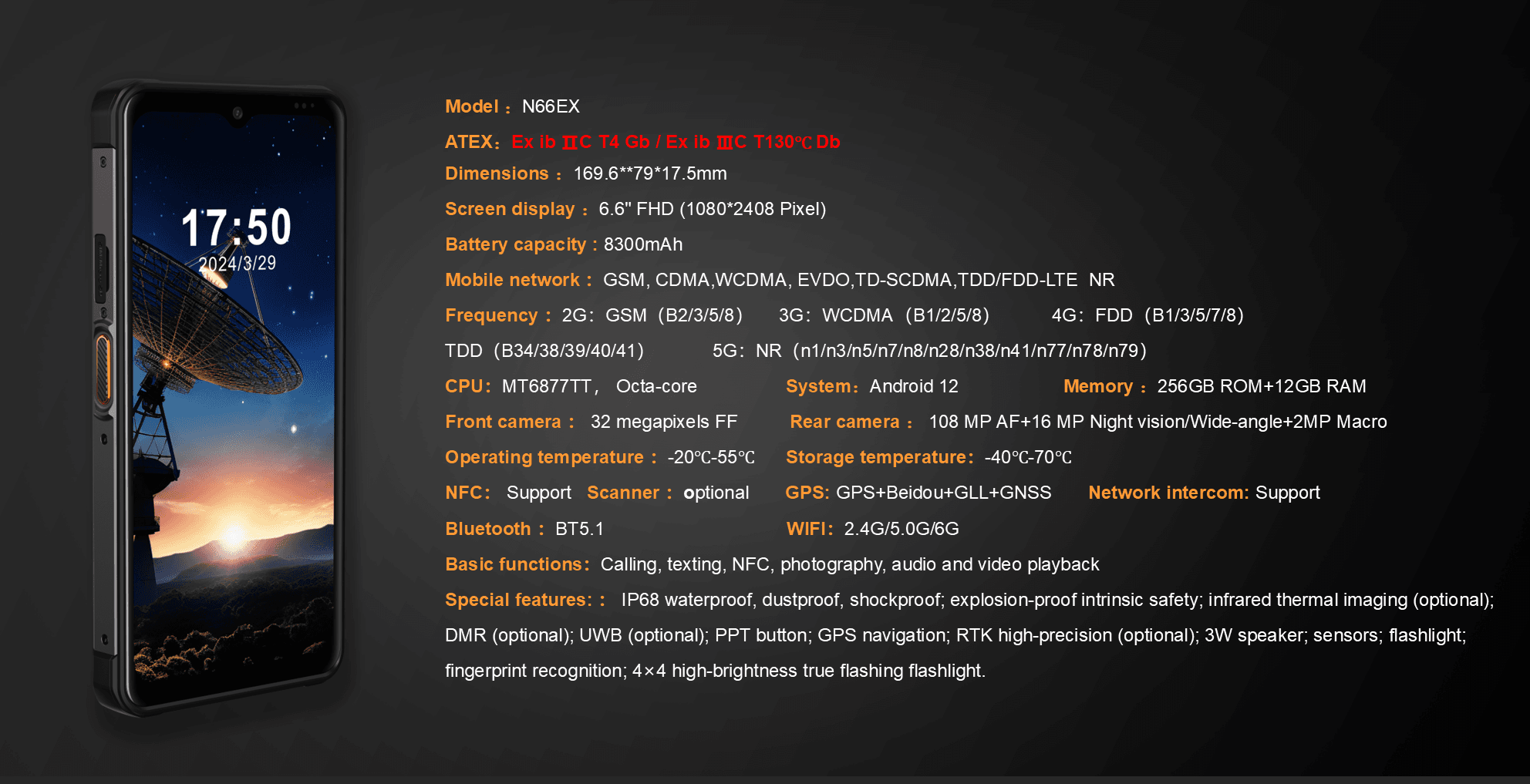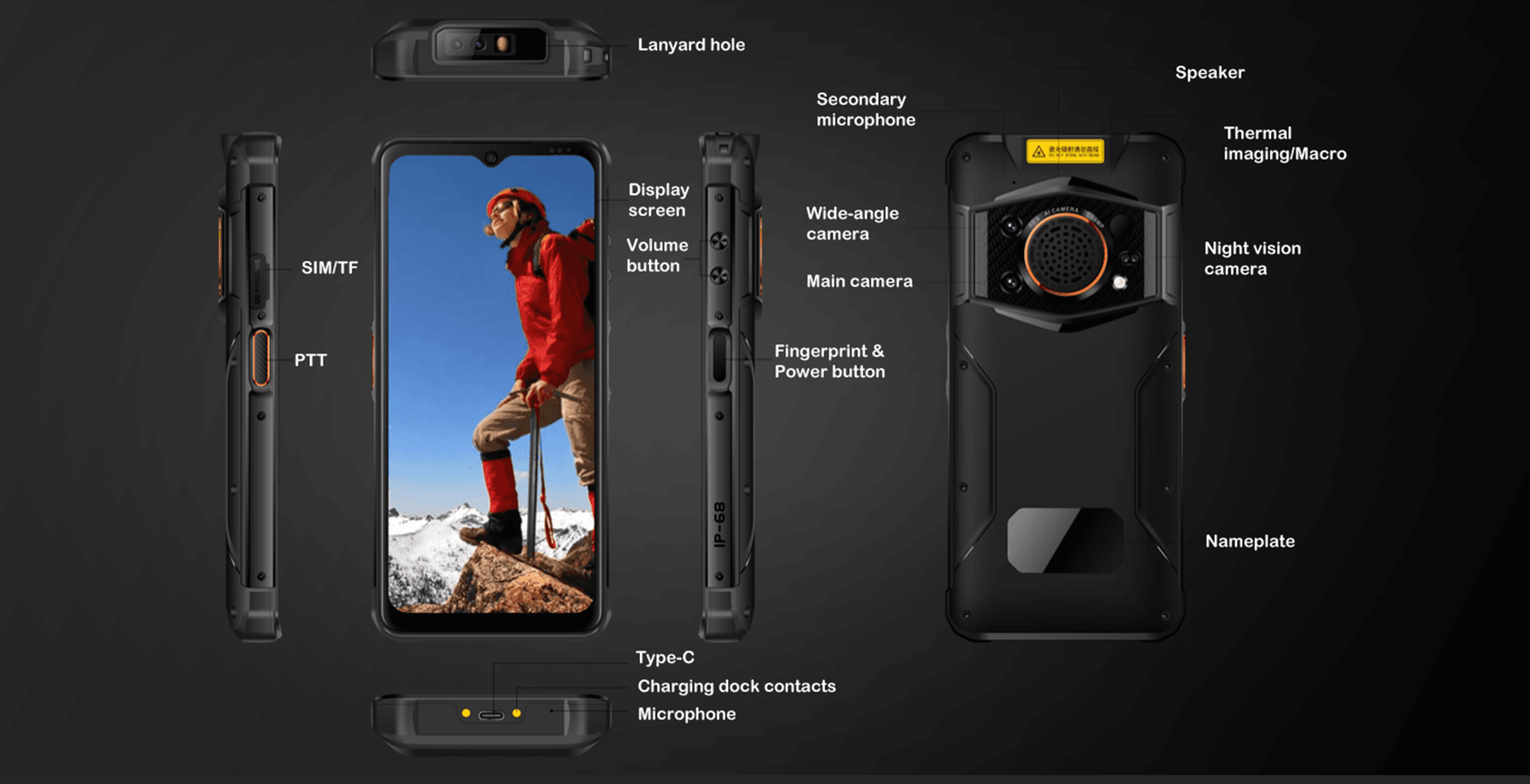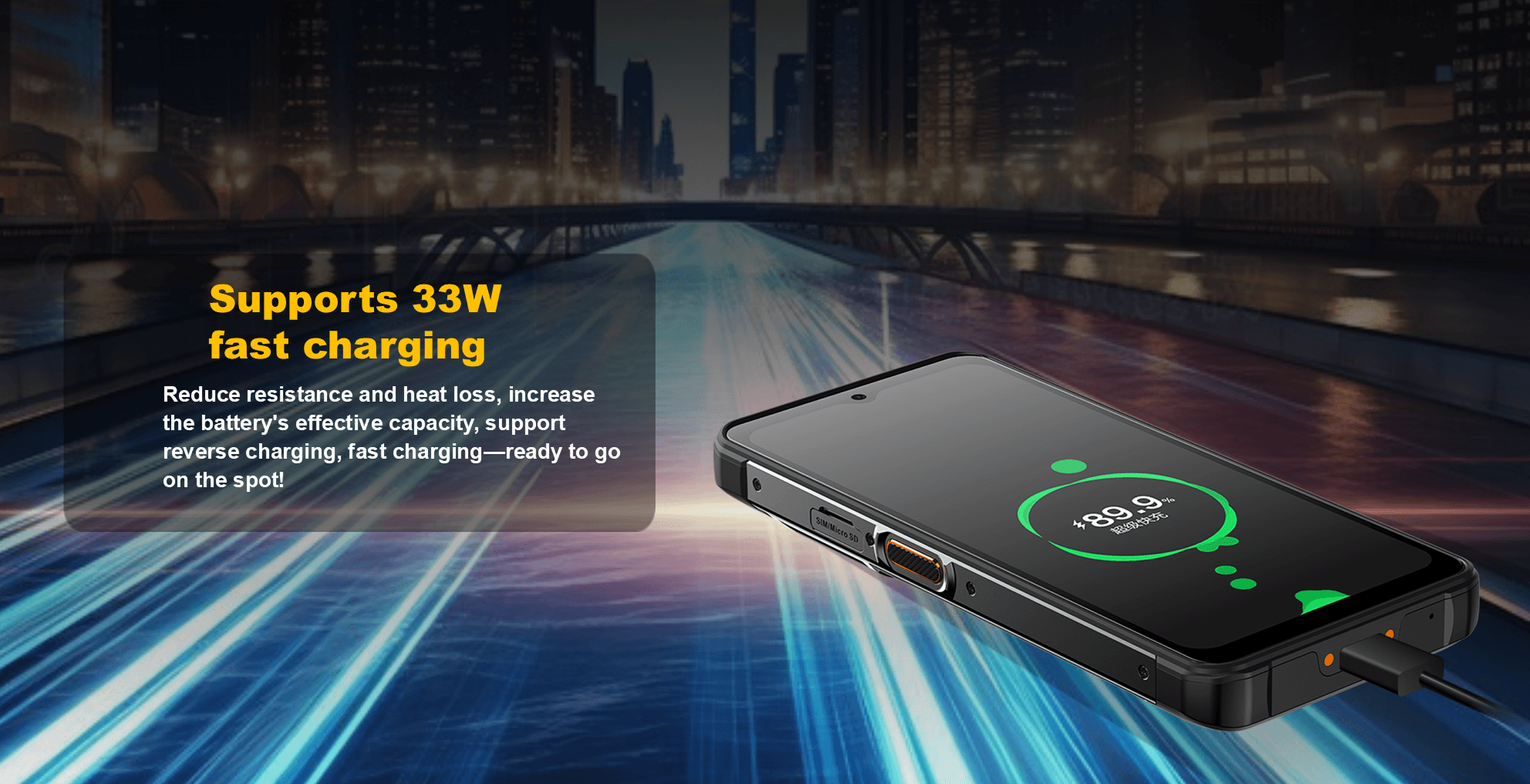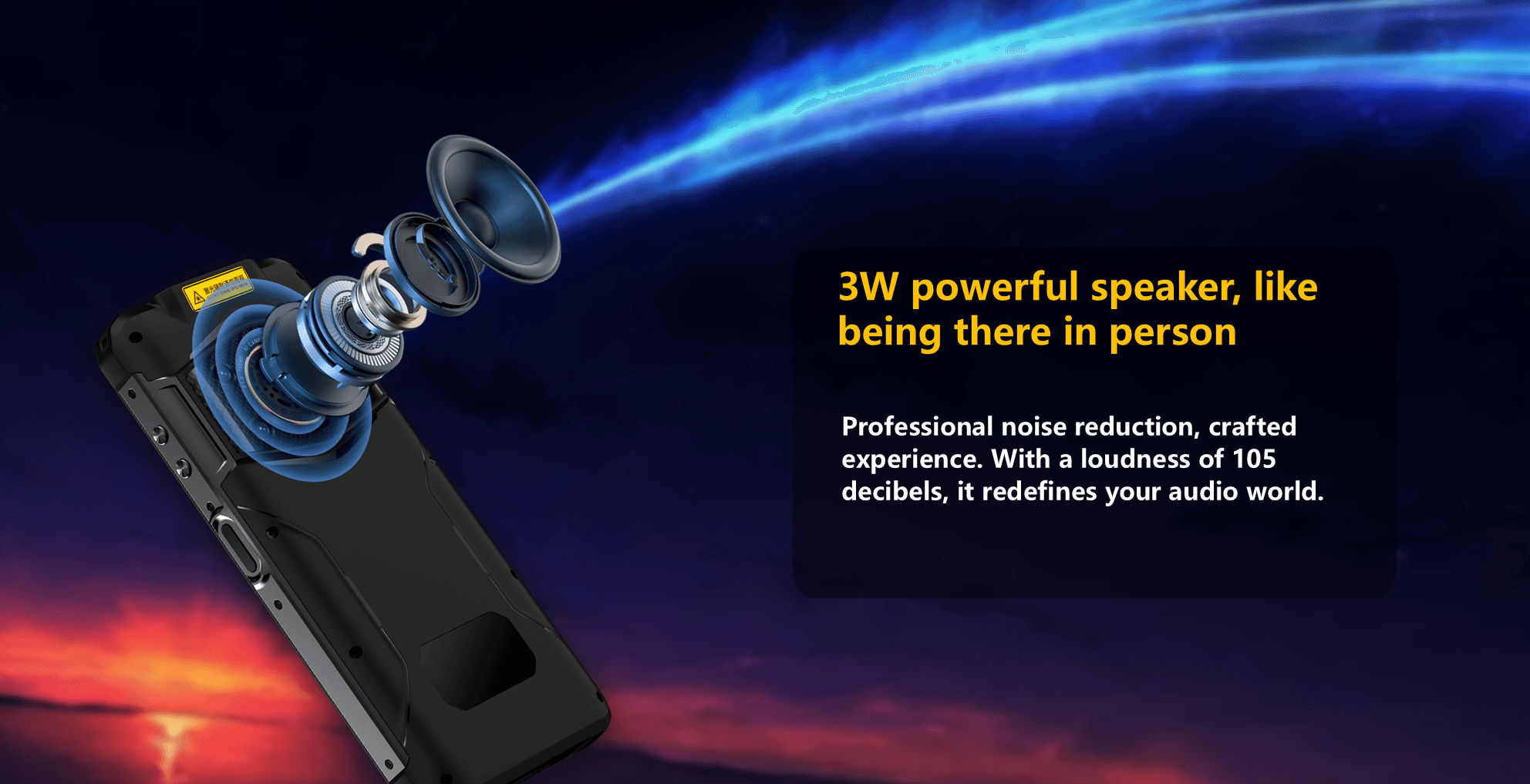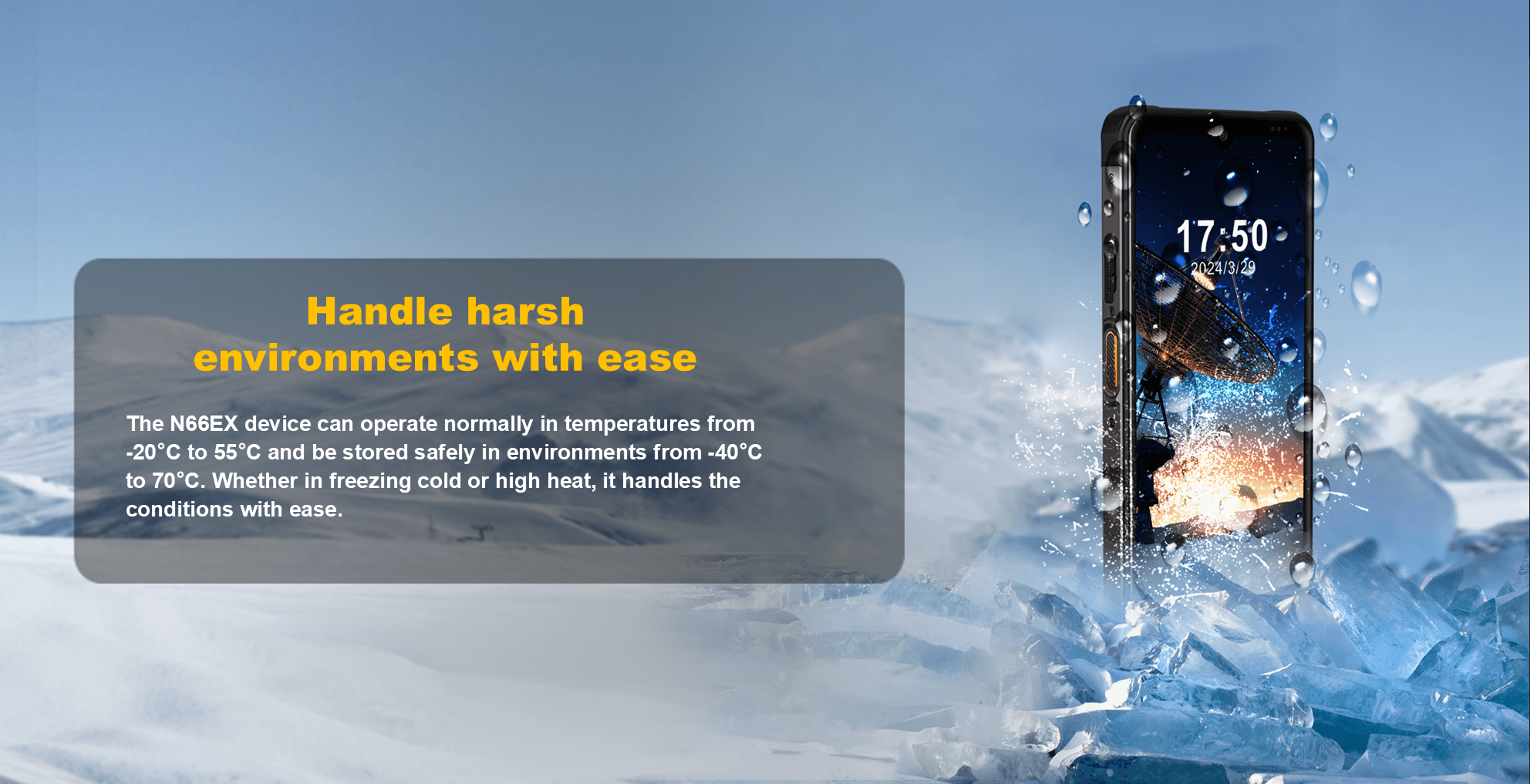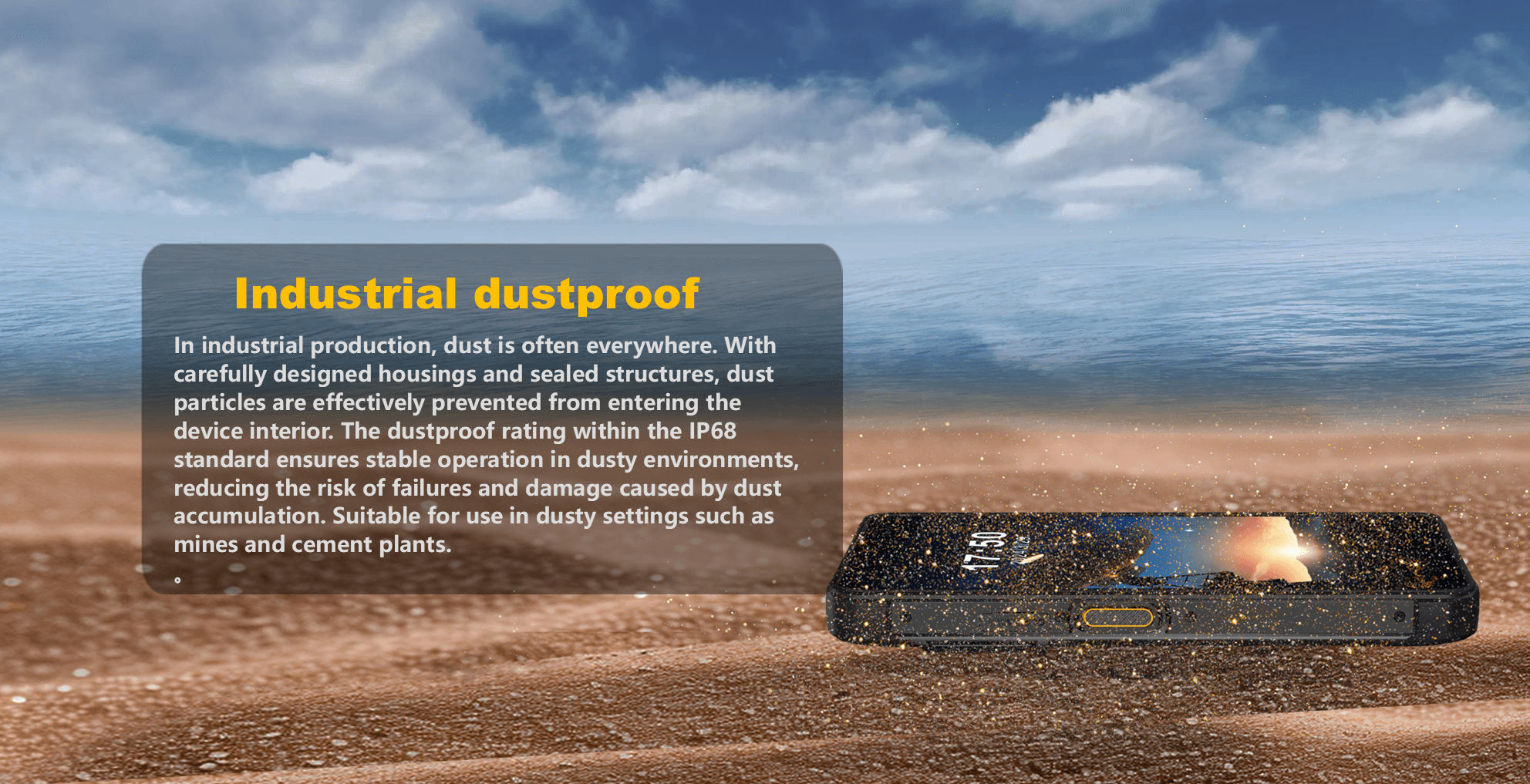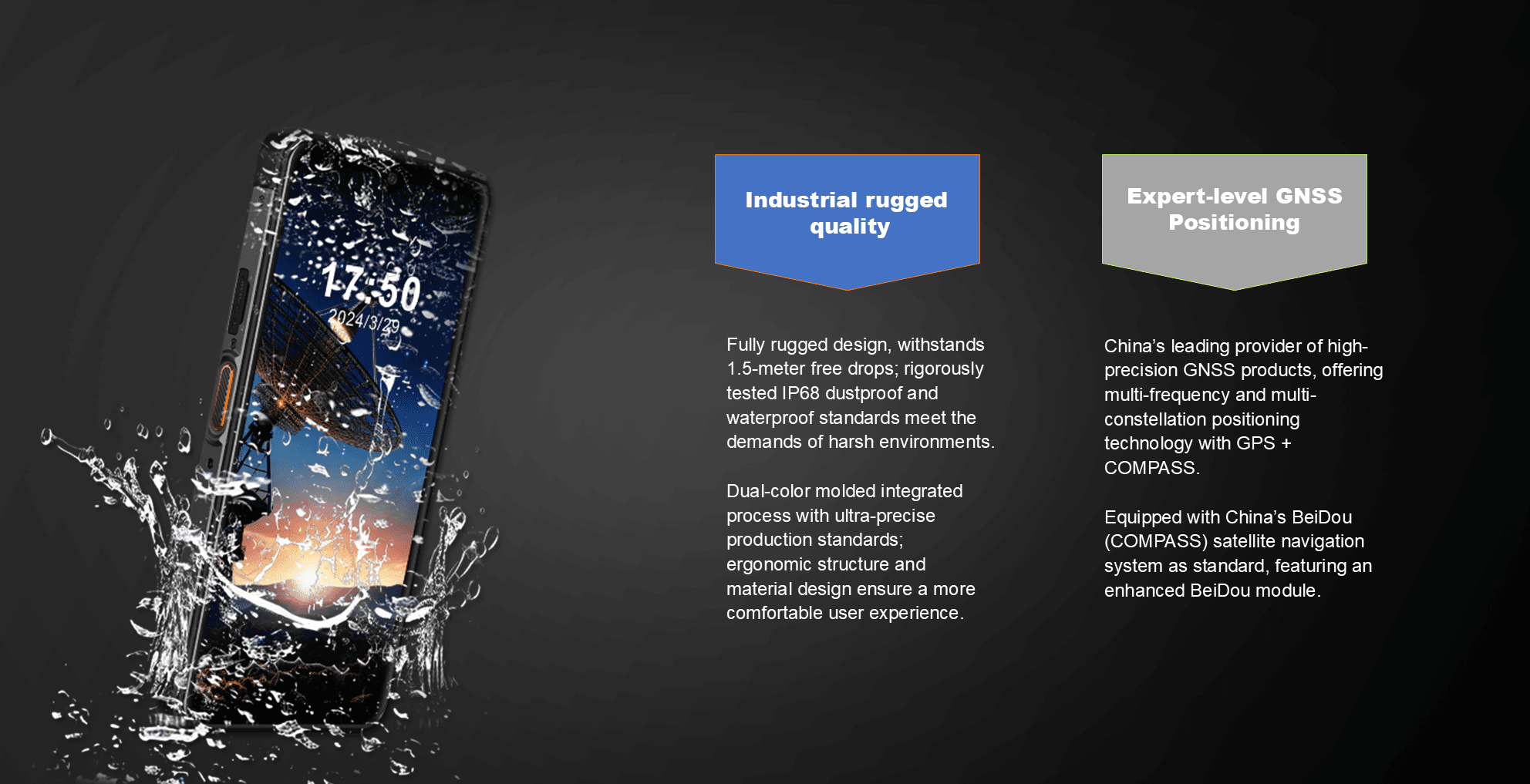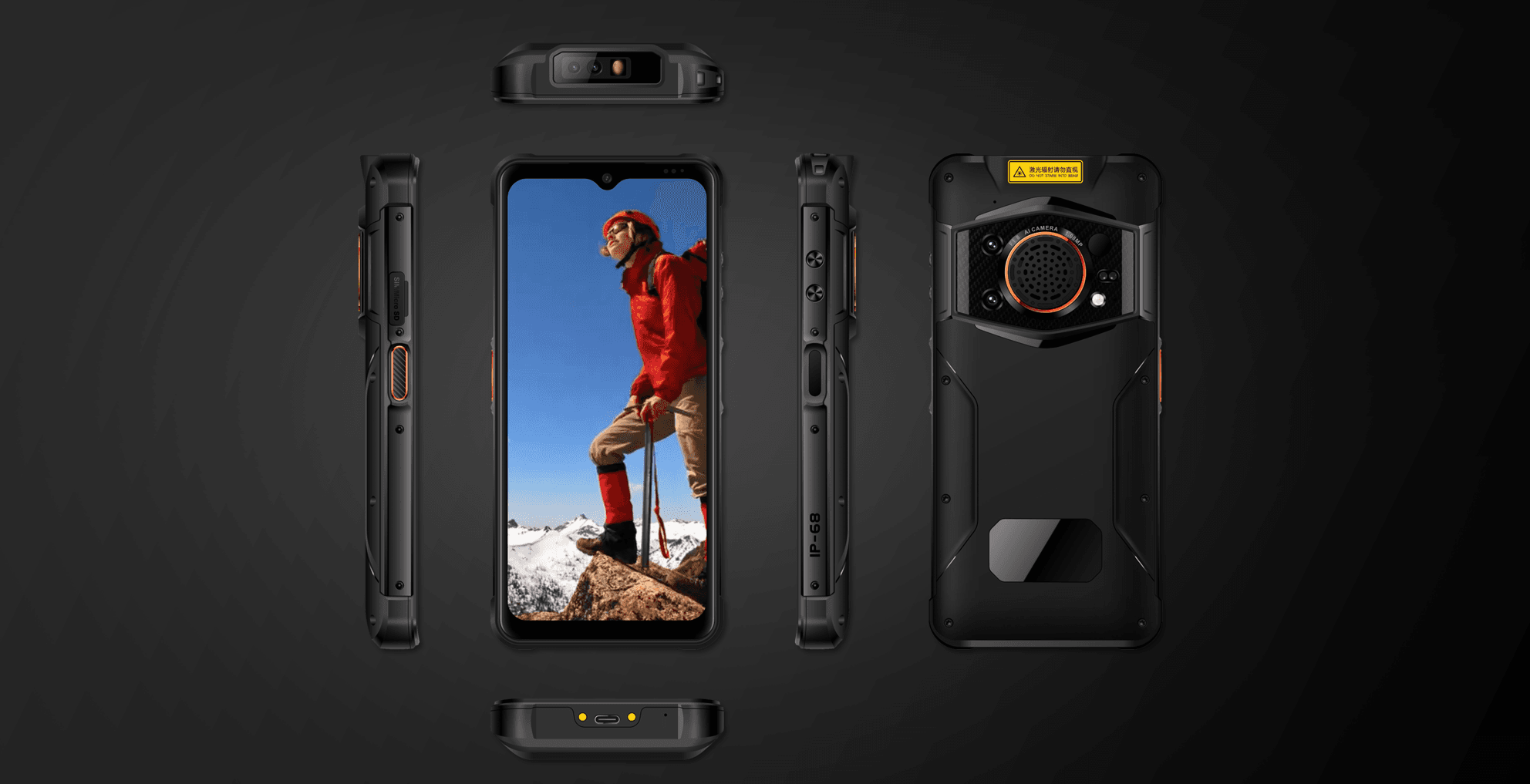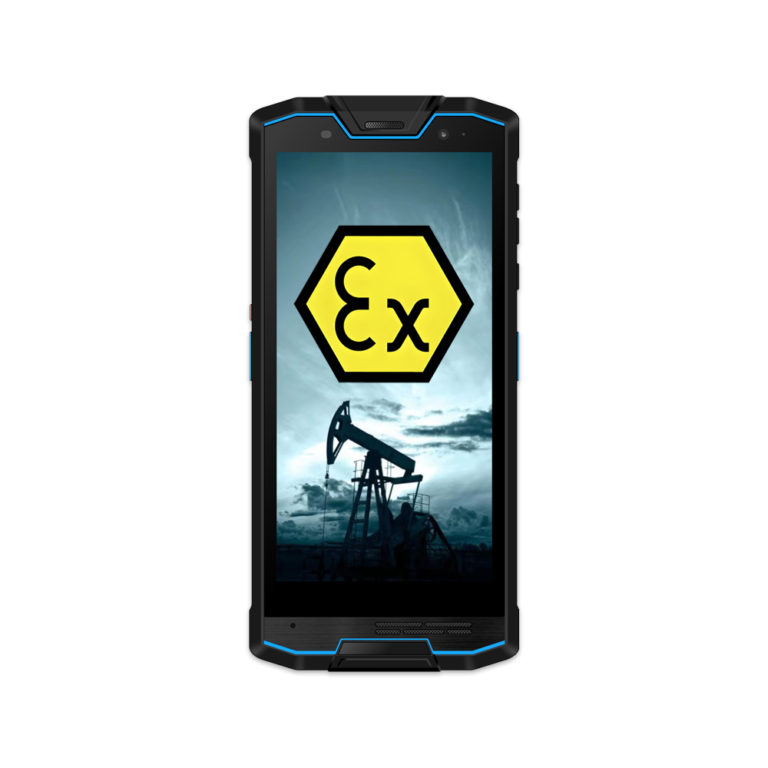ATEX Handheld Computer: A Comprehensive Industrial Safety Guide Introduction
In modern industries such as oil and gas, petrochemical, mining, and energy, digital transformation has reached even the most hazardous environments. Yet, in areas where flammable gases, vapors, or dusts exist, not every electronic device can be used safely. Here is where the ATEX handheld computer becomes indispensable.
This rugged, explosion-proof computing solution is built to ensure maximum safety while maintaining high performance for field workers and industrial operators. The ATEX handheld computer combines data mobility, operational control, and durability in one compact device—making it a critical component for industries striving for both productivity and protection.
This detailed guide explores every aspect of the intrinsically safe electronics , from its technical structure to real-world industrial applications in Kuwait and around the globe.
1. Understanding ATEX Certification
ATEX stands for Atmosphères Explosibles, derived from the European Union Directive 2014/34/EU, which regulates equipment intended for use in potentially explosive atmospheres. The directive ensures that electrical devices, including the ATEX handheld computer, are designed and tested to prevent ignition in hazardous areas.
ATEX Zones Explained
ATEX zones define the level of explosion risk:
Zone 0: Constant presence of explosive gas or vapor.
Zone 1: Occasional presence during normal operations.
Zone 2: Rare or short-term presence of explosive atmospheres.
The ATEX handheld computer is typically approved for Zone 1 and Zone 2 environments, ensuring safe operation even where volatile substances are present.
Additionally, many devices also meet IECEx standards, ensuring international compliance across markets such as Kuwait, the Middle East, and Europe.
2. What is an ATEX Handheld Computer?
An ATEX handheld computer is a portable, explosion-proof computing device designed to perform data collection, communication, and control functions in hazardous industrial zones. It resembles a standard rugged tablet or mobile computer but is specifically engineered to prevent sparks, heat, or electrical faults that could trigger an explosion.
Equipped with robust casings, sealed components, and intrinsically safe electronics, these devices are ideal for workers who need reliable digital access in ATEX-classified environments. The intrinsically safe electronics allows technicians, inspectors, and engineers to perform tasks such as asset management, barcode scanning, and digital reporting directly in the field.
3. Key Features and Technical Specifications
The ATEX handheld computer stands out for its engineering precision and compliance with global safety standards. Key features include:
Rugged Construction
Built to withstand shocks, drops, and vibration, many models comply with MIL-STD-810G military standards. The casings are made from reinforced materials that resist corrosion and mechanical stress.
Explosion-Proof Design
The housing of the device ensures that internal sparks or heat cannot escape, preventing any ignition of surrounding gases. Components are sealed to maintain safe surface temperatures.
High-Brightness Display
Field operators in Kuwait and other sun-exposed environments benefit from bright, sunlight-readable screens that remain visible even outdoors.
Long Battery Life
Industrial-grade batteries offer 10–14 hours of continuous use, ensuring uninterrupted work shifts.
Connectivity
Supports LTE, Wi-Fi, Bluetooth, and GPS — enabling real-time data transmission and location tracking in remote industrial zones.
Operating Systems
Available in both Android and Windows versions, allowing integration with industry software platforms like SAP, SCADA, and asset management systems.
Scanning and Data Input
Many models feature integrated barcode and RFID readers, camera modules, and stylus support for data-intensive tasks.
ATEX handheld computer
4. Industrial Applications of ATEX Handheld Computers
The ATEX handheld computer plays a vital role across numerous industries where safety and reliability are crucial.
Oil and Gas
Used extensively in upstream and downstream operations, these devices enable pipeline inspections, maintenance documentation, and equipment monitoring in explosive areas.
Chemical and Petrochemical Plants
Operators rely on the ATEX handheld computer for chemical batch tracking, quality control, and plant automation, ensuring no ignition occurs near volatile substances.
Mining and Underground Operations
In mines, explosion-proof computers provide real-time data collection and personnel tracking while withstanding dust, humidity, and temperature variations.
Pharmaceutical and Manufacturing
Used for data entry, equipment calibration, and inventory management in facilities dealing with combustible dusts or solvents.
Utilities and Energy
Maintenance teams use these devices to access schematics, record data, and communicate safely within substations and power plants.
5. Benefits of Using an ATEX Handheld Computer
Enhanced Worker Safety
By eliminating the risk of electrical ignition, these computers enable workers to perform essential tasks without compromising safety.
Increased Productivity
Digital access in the field reduces paperwork and allows faster decision-making.
Durability
The ATEX handheld computer withstands shocks, dust, and moisture, minimizing repair and replacement costs.
Global Compliance
With ATEX, IECEx, and UL certifications, the devices can be used internationally, making them a universal solution for multinational companies.
Operational Efficiency
Real-time data synchronization between field workers and control rooms streamlines industrial workflows.
6. Choosing the Right ATEX Handheld Computer
Selecting the ideal ATEX handheld computer requires careful consideration of several technical and operational factors:
Zone Rating: Ensure compatibility with your operational environment (Zone 1 or Zone 2).
Certifications: Look for dual compliance with ATEX and IECEx.
Battery Capacity: Opt for extended battery life or hot-swappable options.
Display Size: Choose based on visibility and portability requirements.
Performance Specs: Consider processor speed, RAM, and storage.
Accessories: Include docks, chargers, or external scanners if needed.
When purchasing for Kuwait-based operations, it’s also essential to ensure compatibility with local telecom and safety regulations.
7. Compliance and International Standards
The ATEX handheld computer adheres to various global certifications, ensuring consistent performance and safety:
ATEX 2014/34/EU: European explosion-proof directive.
IECEx Certification: International compliance equivalent to ATEX.
UL/CSA Standards: North American safety certifications.
EAC Ex: Required for Eurasian Economic Union.
INMETRO: Brazilian safety certification.
This broad certification base ensures that a single intrinsically safe electronics model can be deployed across multiple countries without modification.
8. ATEX Handheld Computer in Kuwait
Kuwait’s industrial landscape — dominated by oil, gas, and petrochemical industries — requires robust digital tools that can operate under extreme heat and potentially explosive conditions. The intrinsically safe electronics meets this demand by offering reliable mobility and real-time communication capabilities.
Industry-Specific Uses in Kuwait:
Oil Refineries: For equipment inspection, quality control, and maintenance reports.
Offshore Platforms: Used by technicians for asset management and communication.
Power Plants: Enables technicians to manage safety protocols digitally.
By integrating the rugged industrial computer into field operations, Kuwaiti industries ensure compliance with both international and local safety standards, reducing downtime and improving overall productivity.
9. Maintenance and Best Practices
Proper maintenance enhances device longevity and safety performance.
Regular Inspection: Check seals and connectors for integrity.
Firmware Updates: Keep security patches and industrial applications updated.
Environmental Storage: Store in temperature-controlled, dust-free areas.
Battery Care: Replace batteries after their rated lifecycle.
Routine maintenance ensures that the ATEX handheld computer continues operating safely and efficiently in demanding industrial environments.
10. Future Innovations in ATEX Handheld Computing
As Industry 4.0 technologies evolve, the rugged industrial computer continues to advance. Future trends include:
5G Integration: For faster data exchange in field operations.
AI and IoT Connectivity: Enables predictive maintenance and smart monitoring.
Augmented Reality (AR): Provides visual overlays for maintenance guidance.
Edge Computing: Reduces latency by processing data locally.
Advanced Materials: Use of lighter, more heat-resistant composites for better ergonomics.
These innovations will strengthen industrial safety and efficiency across global hazardous industries, including Kuwait’s energy sector.
11. Common Challenges and Solutions
Even though the rugged industrial computer is built for extreme environments, challenges can occur:
Connectivity Limitations: In remote sites, use external antennas or satellite links.
High Costs: Offset initial investment by longer lifespan and reduced downtime.
Software Compatibility: Choose open-platform models supporting industrial apps.
By addressing these issues proactively, companies can maximize ROI and ensure consistent operational performance.
12. Integration with Industrial Systems
The ATEX handheld computer easily integrates with enterprise-level software like:
SCADA Systems (Supervisory Control and Data Acquisition)
ERP Solutions such as SAP
CMMS (Computerized Maintenance Management Systems)
IoT Gateways for sensor communication
This integration ensures that real-time data flows seamlessly from the field to control centers, enhancing decision-making and safety monitoring.
13. Training and Worker Adaptation
Introducing new technology requires worker training and adaptation. Companies deploying the ATEX handheld computer should:
Conduct safety training sessions.
Provide device handling workshops.
Implement user-friendly interfaces for quick adoption.
Well-trained staff maximize the benefits of the equipment while maintaining operational safety.
14. Cost Considerations
While the intrinsically safe electronics has a higher initial cost compared to regular devices, its long-term value is unmatched.
Fewer Replacements: Built to last in rugged conditions.
Reduced Accidents: Minimizes explosion-related risks.
Improved Efficiency: Cuts data entry and reporting times.
In high-risk environments, this investment translates into significant safety and financial benefits.
15. Conclusion
The ATEX handheld computer is not just a technological upgrade—it is a critical safety instrument for industries operating in explosive environments. Its rugged design, high performance, and compliance with international safety standards make it indispensable for modern industrial operations.
From Kuwait’s oil refineries to European chemical plants, these devices empower organizations to achieve higher productivity without compromising safety. As technology evolves, the rugged industrial computer will continue to define the future of industrial mobility and digital transformation in hazardous sectors.
15 Frequently Asked Questions (FAQs)
1. What is an rugged industrial computer?
A portable, explosion-proof computing device designed for safe use in hazardous environments.
2. What does ATEX certification device ensure?
It guarantees that the equipment is tested and approved for explosive atmospheres.
3. Can rugged industrial computer be used in Zone 1 areas?
Yes, many models are certified for both Zone 1 and Zone 2.
4. Are these devices water and dust resistant?
Yes, typically rated IP65 or IP68.
5. Do rugged industrial computer support Android and Windows?
Yes, both platforms are commonly available.
6. How long does the battery last?
Usually between 10 to 14 hours per charge.
7. Are they suitable for extreme temperatures?
Yes, most can operate in temperatures from -20°C to +60°C.
8. Do they include barcode or RFID scanners?
Yes, many models integrate both scanning systems.
9. Where can you buy rugged industrial computer in Kuwait?
Through authorized industrial equipment distributors.
10. What industries benefit the most from them?
Oil and gas, mining, chemical, manufacturing, and utilities.
11. What makes them explosion-proof?
Intrinsically safe circuits and sealed enclosures prevent ignition.
12. Can they connect via 5G or Wi-Fi?
Yes, modern models support LTE/5G and Wi-Fi for global connectivity.
13. Do they meet international certifications?
Yes, including ATEX, IECEx, UL, and EAC Ex.
14. How do they improve worker safety?
By preventing ignition sources and enabling safe digital communication.
15. Why should companies invest in intrinsically safe electronics ?
To enhance operational safety, productivity, and compliance in hazardous areas.

